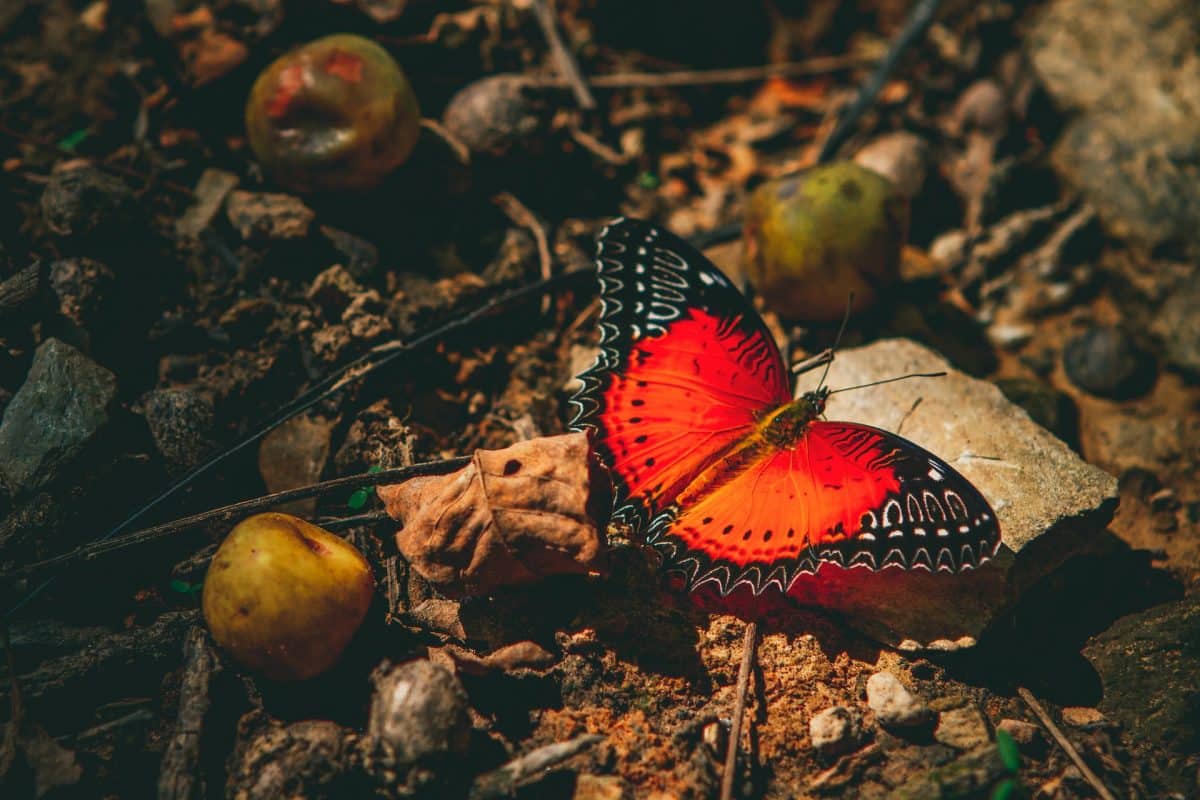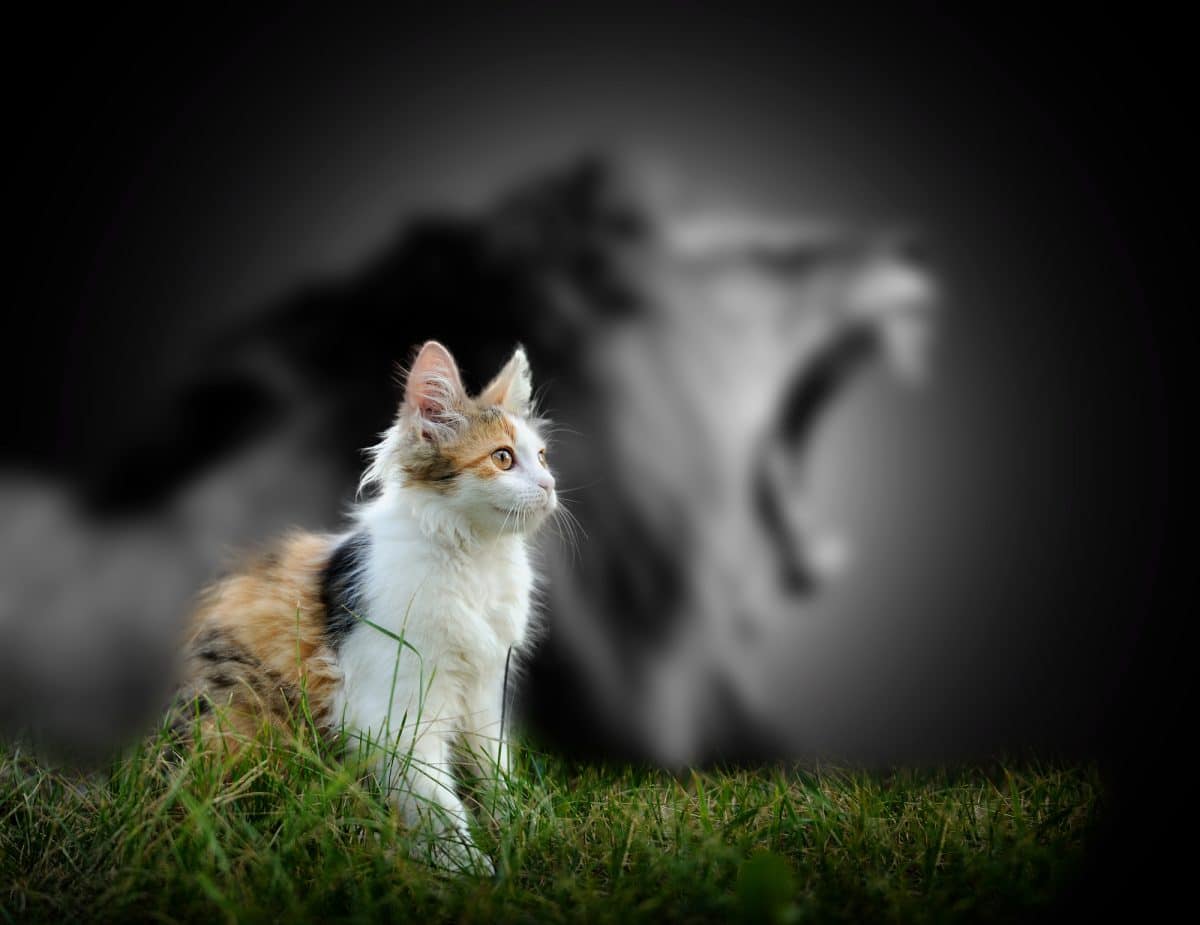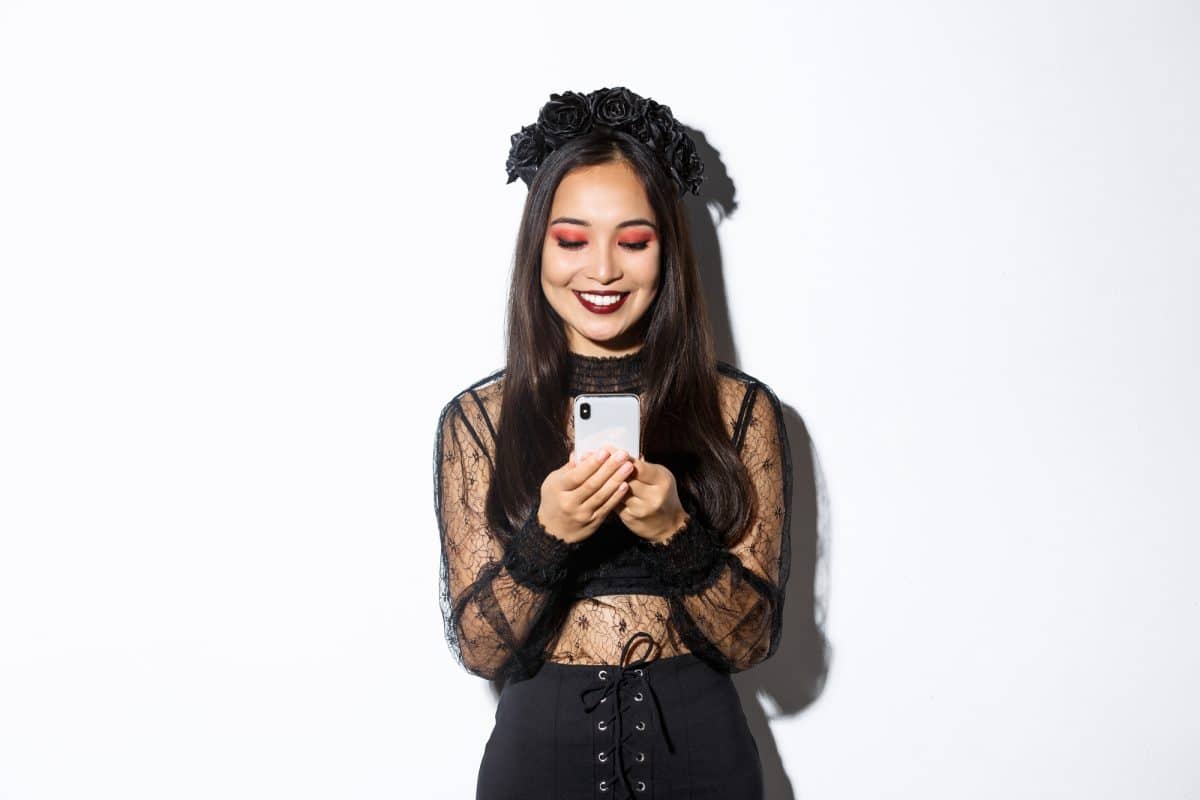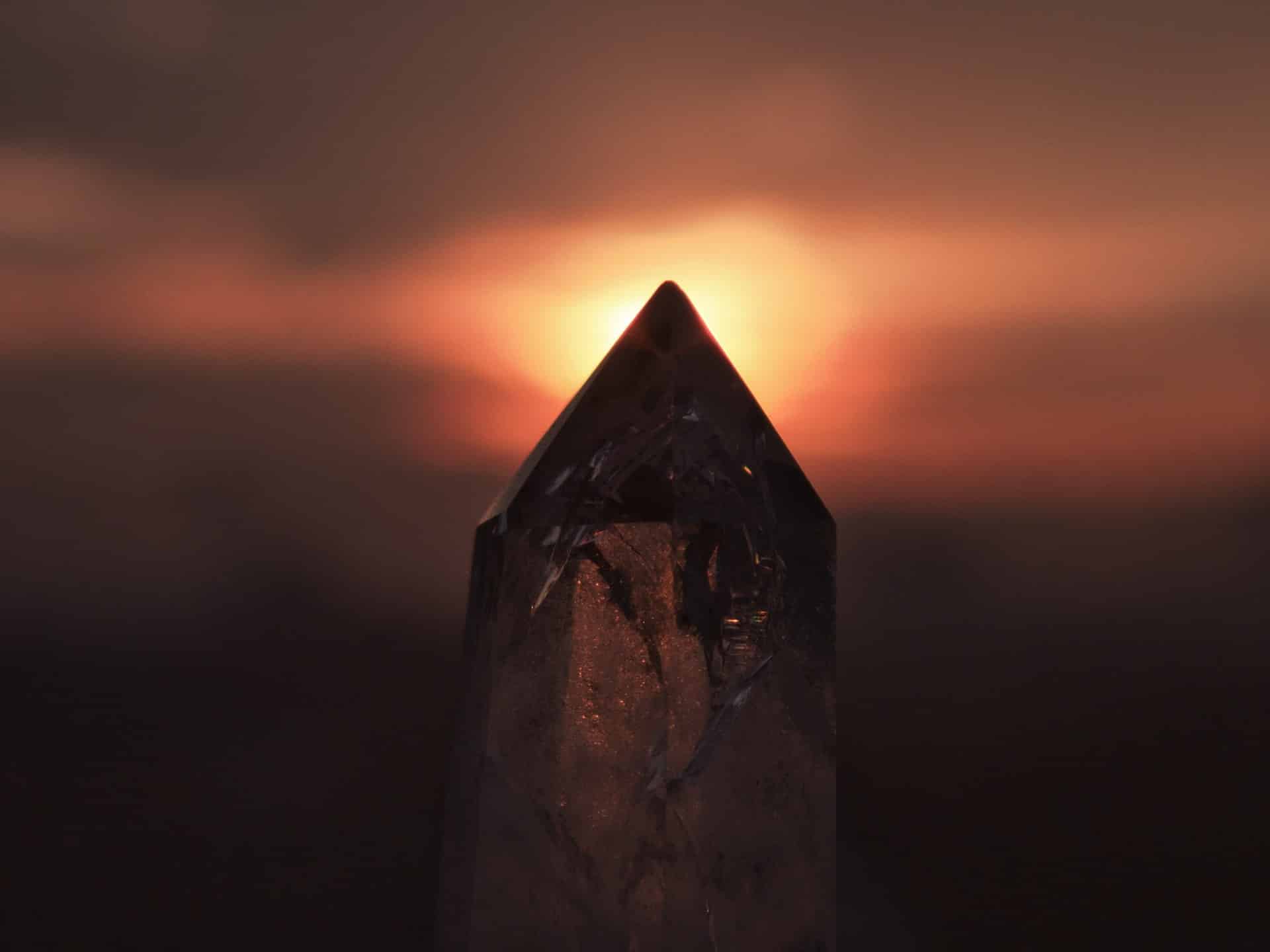How to Decorate with Plants
If you have decided that you want to decorate with plants, you may be wondering where to start.
It can be tough, especially if you don’t have experience keeping plants alive, or if you think you don’t have a green thumb.
But, as they say, where there’s a will, there’s a way.
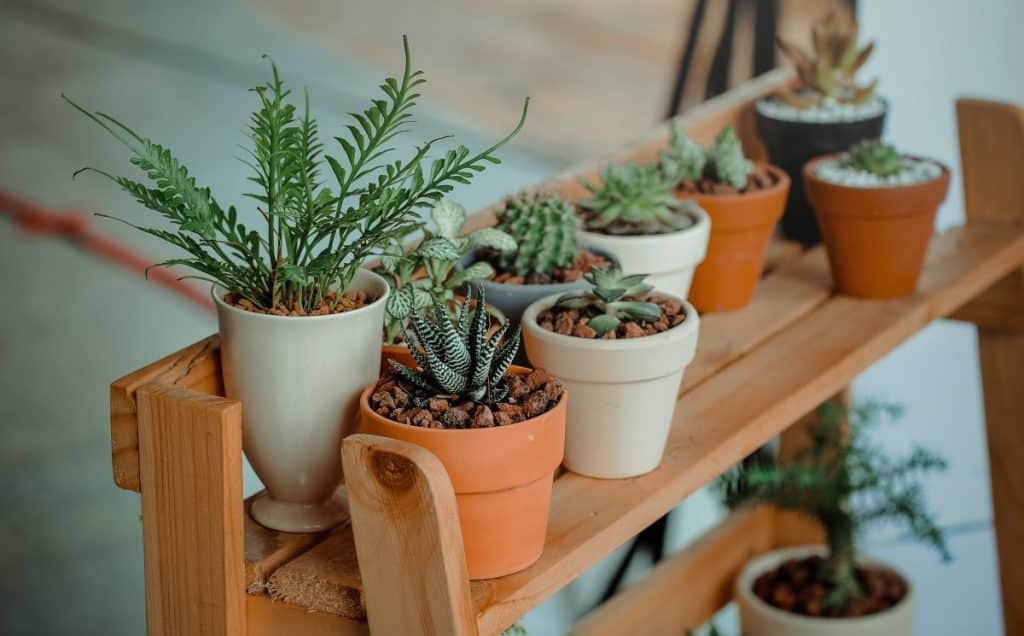
Table of Contents
The Power of Plants
First, let me say congratulations. Plants can entirely change room’s aesthetic.
It is not only a big step, but I’ve old one, to decide that you want to decorate with plants.
And fear not, there are some really easy ways to start decorating with plants in your house, or even in your outdoor spaces, and you don’t have to limit yourself to real plants.
Fake plants have come a long way in the last 20 to 30 years, and can make both indoor and outdoor spaces come alive.
Plants hold a tremendous amount of power in human life, and so many of us have forgotten that.
If you did not grow up with somebody who have plans in the house, this may feel like a completely foreign project to you.
But the power of plants is undeniable.
Just having indoor plants has shown to improve cognitive health, mental wellness, the air in your home, and to reduce stress levels. It has also been shown to be an opportunity to form a symbiotic relationship.
The plants deliver health benefits to you, and you care for the plants.
Much of these benefits, aside from perhaps the part about improving the air in your home, or extended both from real plants and fake plants.
If you’re extending your decoration to the outdoors, you gain even more benefits.
You increase your exposure to vitamin D, by spending time outdoors in the sun, gardening, you reduce your chances of getting dementia, you can decrease your levels of loneliness, you can boost your mood levels, and if you do vigorous gardening, you can even call this aerobic exercise.
Furthermore, by increasing the number of plants in your home and outdoors, and this one really does apply to real plants, you’re exposing yourself to more nature.
And the benefits of spending time in nature are numerous.
You decrease anxiety and depression levels, you increase your dopamine levels, you reduce your cortisol, which is stress, and you increase your ability to pay attention and concentrate.
So many upsides by simply incorporating plants into your life.
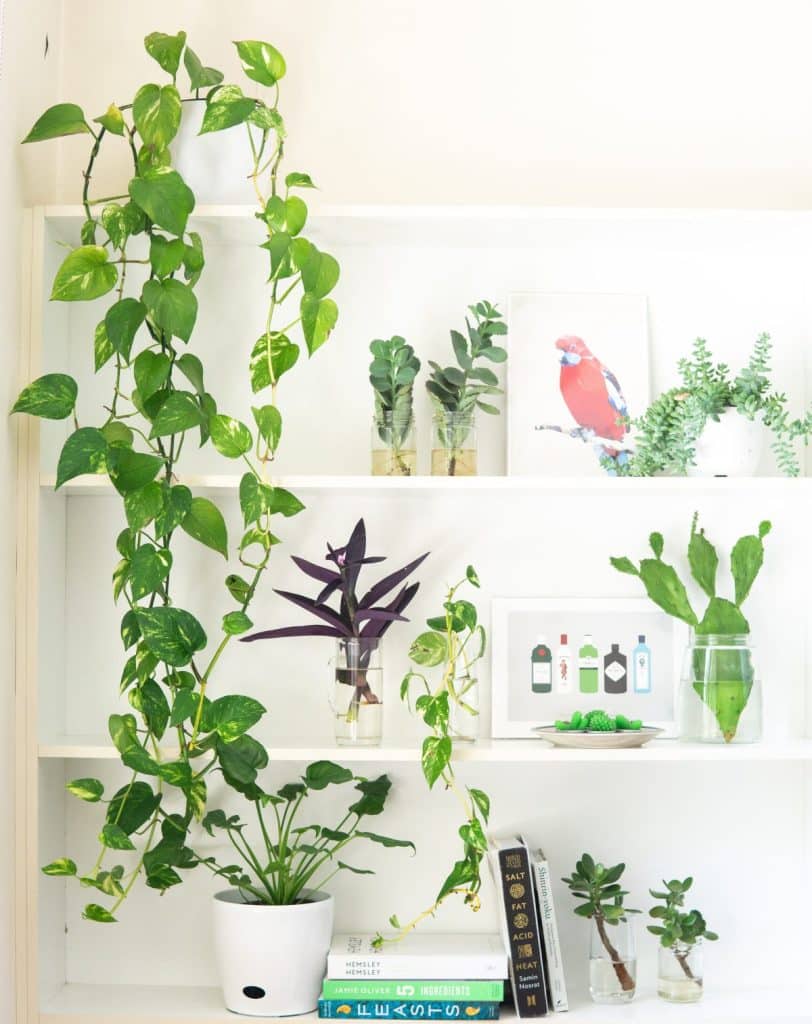
How to Decorate with Plants
So now, not only do you know that you want to decorate with plants, but you know why it’s so important to do so.
Where to begin?
First, take a survey of your surroundings, both indoors and outdoors.
What is your style?
Modern? Rustic? Modern rustic? Country? River house? Beach house? Mountain house? Minimal? Bohemian? Eclectic? City life? Farm?
There are so many options to choose from, and it’s time to decide what your general aesthetic is, if you haven’t already.
Take a look at what’s on your walls. What kind of art have you hung?
Examine your furniture, including end, tables, side, tables, chests of drawers, etc.
What accessories do you have hanging around on surfaces or suspended from your walls? What kind of light fixtures do you have?
Now trying to place it all in a general aesthetic.
Take a look at Pinterest pages that align with your interests, your sense of style, textures you enjoy.
Now, one of the most important things, in my opinion, and learning to decorate with plants, is to visit places that decorate with plants.
Check out your local cafés and coffee shops, wander into bookstores, visit local nurseries, and even turn road trips into opportunities to check out plant aesthetics in different spaces.
Which ones would you like to emulate?
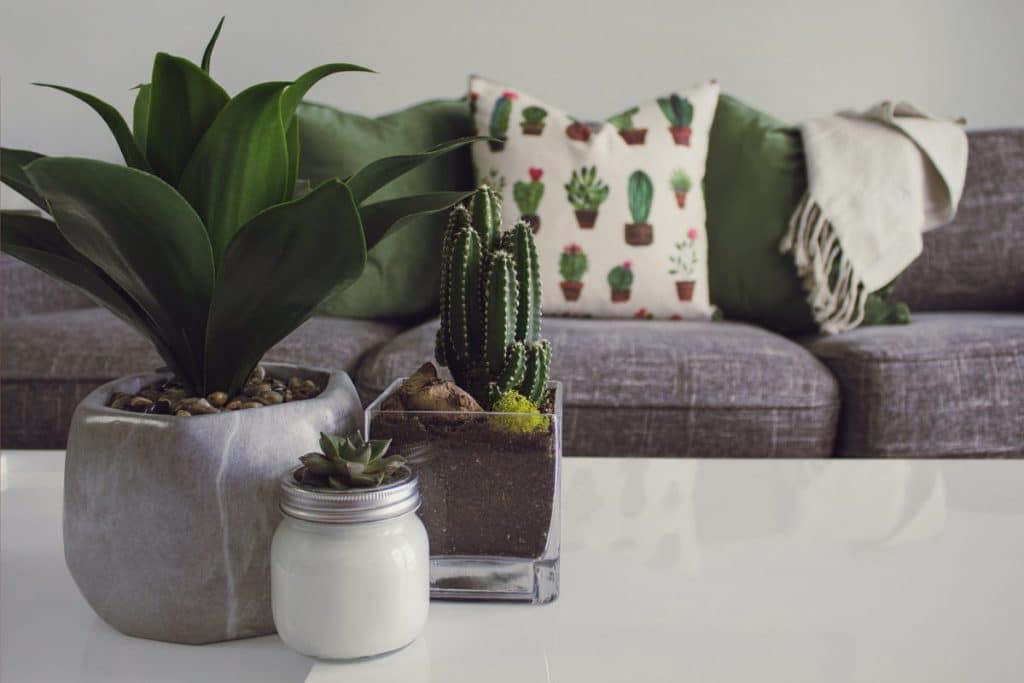
Indoor Plants
For indoor plants, learn to understand your light options. Which way do most of your windows face – north, south, east, or west?
Remember that the sun rises in the east and sets in the west, and depending on which coast you’re on, or closest to, you may get more sun at certain times of day than others.
For example, I am in the Pacific Northwest and I am surrounded by mountains, so I get the best sunlight streaming through my windows between 10 AM and 2 PM, with the hottest part of the day peaking around 4 PM.
Fake
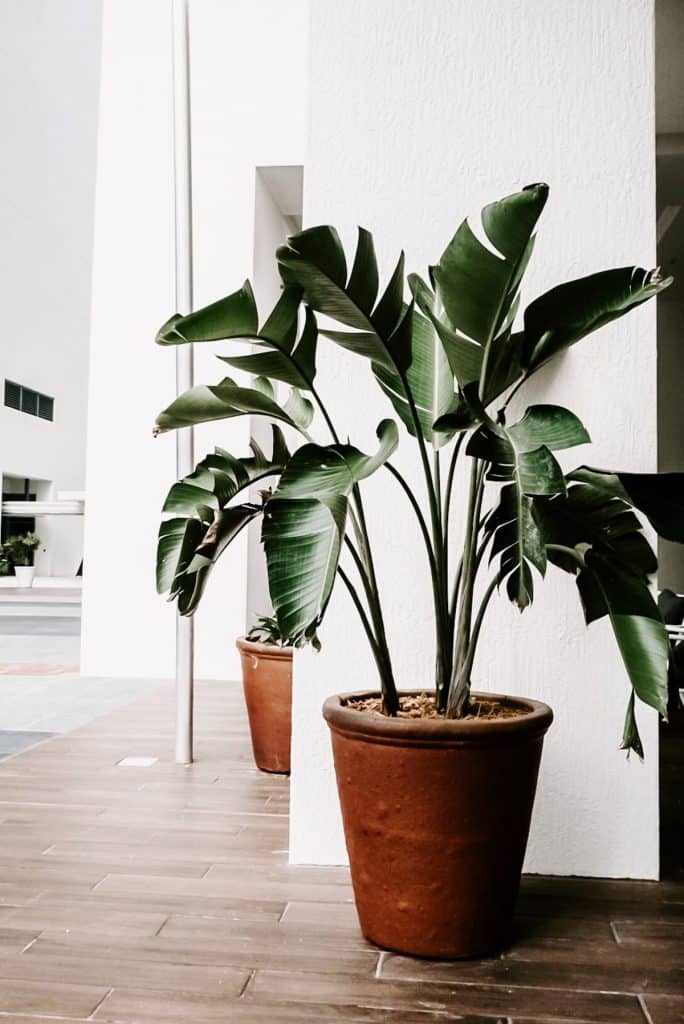
When it comes to fake plants, the most important thing indoors, is to choose pots and planters that match your general aesthetic. With fake plants, the emphasis indoors should much more be on the containers in which you hold the plants than on the plants themselves.
If you’re going for a rustic, rustic, modern, country, farm, or even a mountain house, or a river house look, explore options that involve repurposed materials like old watering cans that can now stand as planters.
You can use old coffee cans with holes drilled in the bottom or even old oil cans with the same.
If you’re going more modern or minimalist, you can find cool, modern shapes like a rectangular planters or other odd shapes like triangles.
If you lean more bohemian, like I do, one of the greatest things about this aesthetic is that it’s so eclectic. You can literally mix-and-match from among pretty much any style. And you can get kind of wild with it too.
Think colors, that pop, interesting designs, and odd shapes like tall, slender vases or short, fat pots.
Real
When it comes to real plants, do you want the emphasis to be on the plants indoors. You really want to show off how the plants are thriving, how the colors are coming alive, and you want to slowly grow your indoor garden all over your house.
Real, living, breathing plans, really do bring a a home to life.
You can find really expensive pots and planters in muted tones and neutral shades that will highlight the beauty of your real plants.
Wonder the isles of your local Home Depot or Lowe’s and you’ll find even the largest pots for big Monstera plants or fiddle leaf figs for 10 or 20 bucks.
The key to decorating with real plants indoors, is to choose plants that are hardy and hard to kill.
Ferns, snake plants, spider, plants, and, of course, succulents and cacti placed in windowsills, are great options.
For more information on decorating with indoor plants, check out my piece on the best plants to start with.
Outdoor Plants
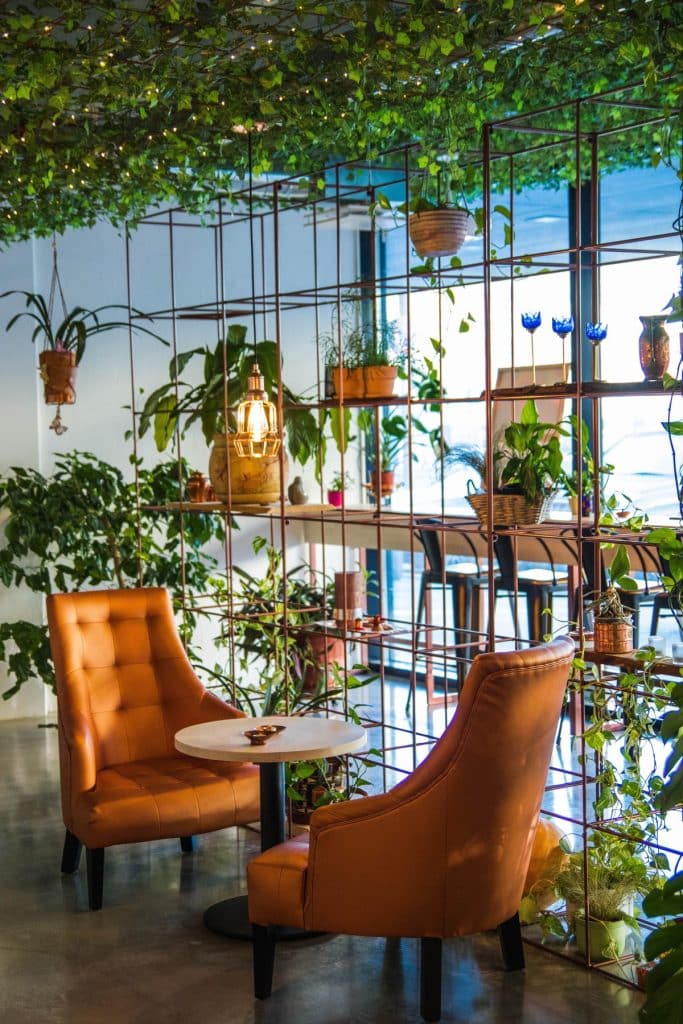
Decorating your outdoors with plants is a whole other ball game.
This is where your witchy nature can really come into its own.
For decades, I lived in a fifth floor, walk up on the roof, top of an inner city apartment building.
I had a huge front patio, that spanned the length of the apartments in front of and underneath us, and a long back patio that stretch the length of my 2000 square-foot apartment.
I filled those outdoor spaces with plants.
I’m not going to lie to you – I also killed a lot of those plants.
It took years of research, experimentation, and experience to figure out which plants worked best in my space.
My front patio faced the western sun on the west coast in California, and my back balcony faced the east, where the sun came up over our foothills.
That late afternoon sun would get brutally hot, and there was very little that I could keep alive out there.
I found in that space that bougainvillea, dwarf fruit trees, a Japanese maple, and, of course, succulents did very well out there.
On my back patio, on the other hand, I could play with pretty spring flowers, and get Jasmine vines and ivy to grow well.
Now, in the Pacific Northwest, a Bougainvillea will die in minutes in the winter. Same goes for citrus fruit.
I had to learn a whole new range of plans for outdoor space because the ground will freeze in the air will drop down to the teens during the winter.
So take the time to learn about your area, what zone or region you’re in, and what are the best native plants for you to grow.
Fake
Now, it is a common misconception that because you’re outdoors, you cannot incorporate fake plants into your decorating aesthetic.
Nothing could be further from the truth.
You can absolutely place a lovely, fake bamboo plant or azalea by your front porch, or on a patio or balcony.
The key is to stick with what grows in your region.
If it’s a native plant, it will look more real and more believable.
The joy of decorating with a fake plant outdoors is that the rain will clean the plant for you. In fact, when my mom wants to clean her indoor fake plants, she simply places them outside on a rainy day.
Real
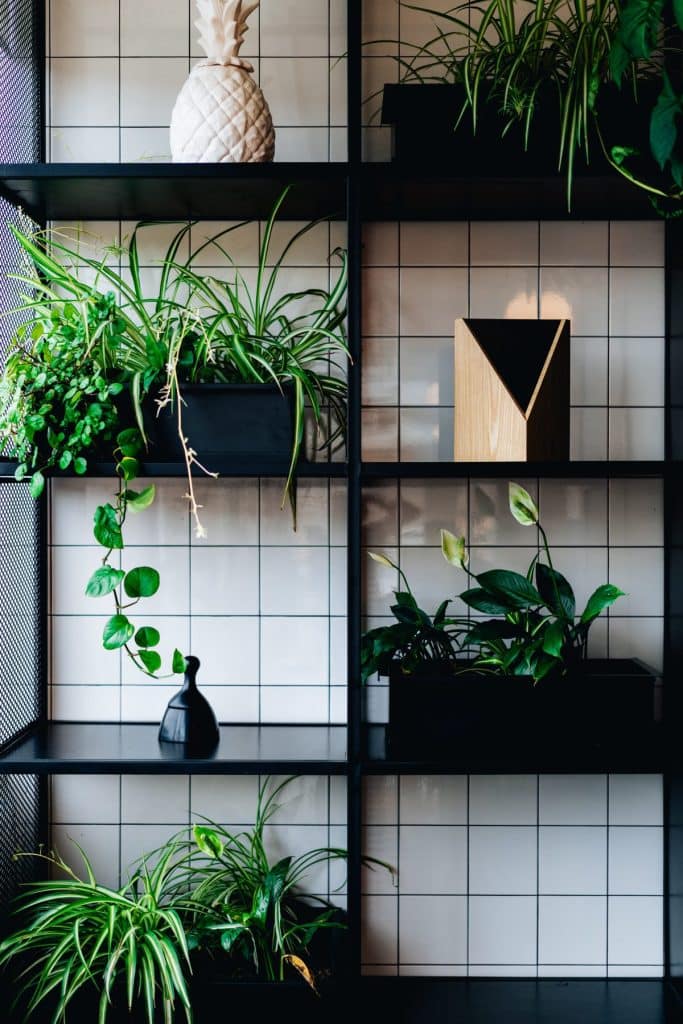
If you wanna get into gardening, and decorate your outdoors with real plants, it’s a great idea to become friends with your local nursery staff.
Learn your native wildlife, flora, and fauna, and figure out which plants will grow best in your region, which will attract the wild life, including bees, another pollinators, and which ones will help your ward off, pests like ticks and mosquitoes.
I plant lavender, mint, and rosemary every year, as well as maintaining pollinating flowers in the spring.
We have a lot of land here, so we’re exploring our options with our rocky soil in terms of trees and bushes. I’m currently on a growing my own food kick, so I’ll report back with my failures and successes.
The most important factor in decorating with plants, both indoors and outdoors, is allowing yourself to fail and learn from the experience.
And, of course, making sure you have fun along the way.
Happy manifesting!

